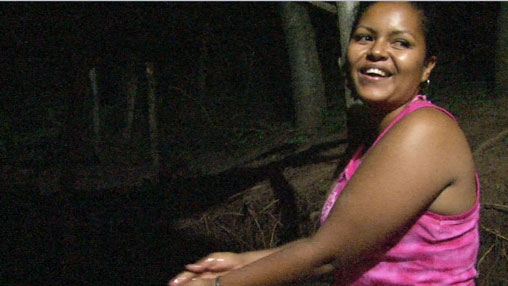It is almost five o’clock in the afternoon and the night falls over the neighbor of San Francisco-Los Horconcitos in Rivas, Nicaragua. Except from the light coming out from some houses, the streets are dark. Jaqueline Bello, one of the neighbors, is watching TV while cooking dinner and waiting her turn to use the shower.
Her ritual now is very different than a few months ago. "I used to go every day at this time to my mom’s, about 400 meters from here, to get water and use her bathroom," she recalls. Jaqueline's home is one of the 125 houses in this rural town that now have water hookups. Something that until recently was very unusual in the area.
"The families are happy because they have sinks, showers and toilets" explains Angela Durand, a neighbor who coordinates the local Water and Sanitation Committee (CAPS, in Spanish). This committee is one of the 5,200 community-driven organizations that manage and operate water systems in rural areas and currently serve more than 1 million people in Nicaragua.
In San Francisco-Los Horconcitos, 445 people have now access to water and sanitation services due to the installation of plumbing and bathrooms, including 45 ecological latrines.
Besides the work the Committee has done in the neighborhood, Angela is proud that the organization includes and respects local women. "Women are organized and have capabilities to manage projects and communities as well as their homes" she says.

